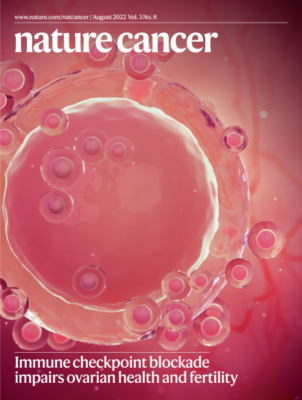Multimodal integration of radiology, pathology and genomics for prediction of response to PD-(L)1 blockade in patients with non-small cell lung cancer
Predictive biomarkers to determine which non small cell lung cancer (NSCLC) patients will respond to immunotherapy are currently lacking. In this Nature Cancer publication, the authors combine computed tomography imaging, PD-L1 immunohistochemistry (IHC), and genomic data to predict responses to immunotherapy in a retrospective study of 247 NSCLC patients.
PD-L1 IHC slides were scanned at 20X magnification on an Aperio Leica Biosystems GT450. The DenseNet V2 network of HALO AI was trained to classify tumor, stroma, lymphocytes, necrosis, fibroelastic scar, muscle, benign lung tissue, and glass. The trained classifer was then used to classify tissue across all PD-L1 IHC slides in the cohort. PD-L1 IHC quantification was performed using a grey-level co-occurrence matrix on the tumor tissue identified by HALO AI.
The multimodal model developed by Vanguri et al exhibited an area under the curve (AUC) of 0.8 (95% confidence interval (CI) 0.74-0.86), outperforming unimodal measures such as PD-L1 score (AUC = 0.73, 95% CI 0.65-0.81) and tumor mutational burden (AUC = 0.61, 95% CI 0.52-0.70). The authors conclude that their multimodal model could be applied to improve prediction of immunotherapy response in patients with NSCLC.
Vanguri R, Luo J, Aukerman A, Egger J, Fong C, Horvat N, Pagano A, de Arimateia Batista Araujo-Filho J, Geneslaw L, Rizvi H, Sosa R, Boehm K, Yang S, Bodd F, Ventura K, Hollmann T, Ginsberg M, Gao J, MSK MIND Consortium, Hellmann M, Sauter J, Shah S
Nature Cancer | First published 29 August 2022 | DOI https://doi.org/10.1038/s43018-022-00416-8
